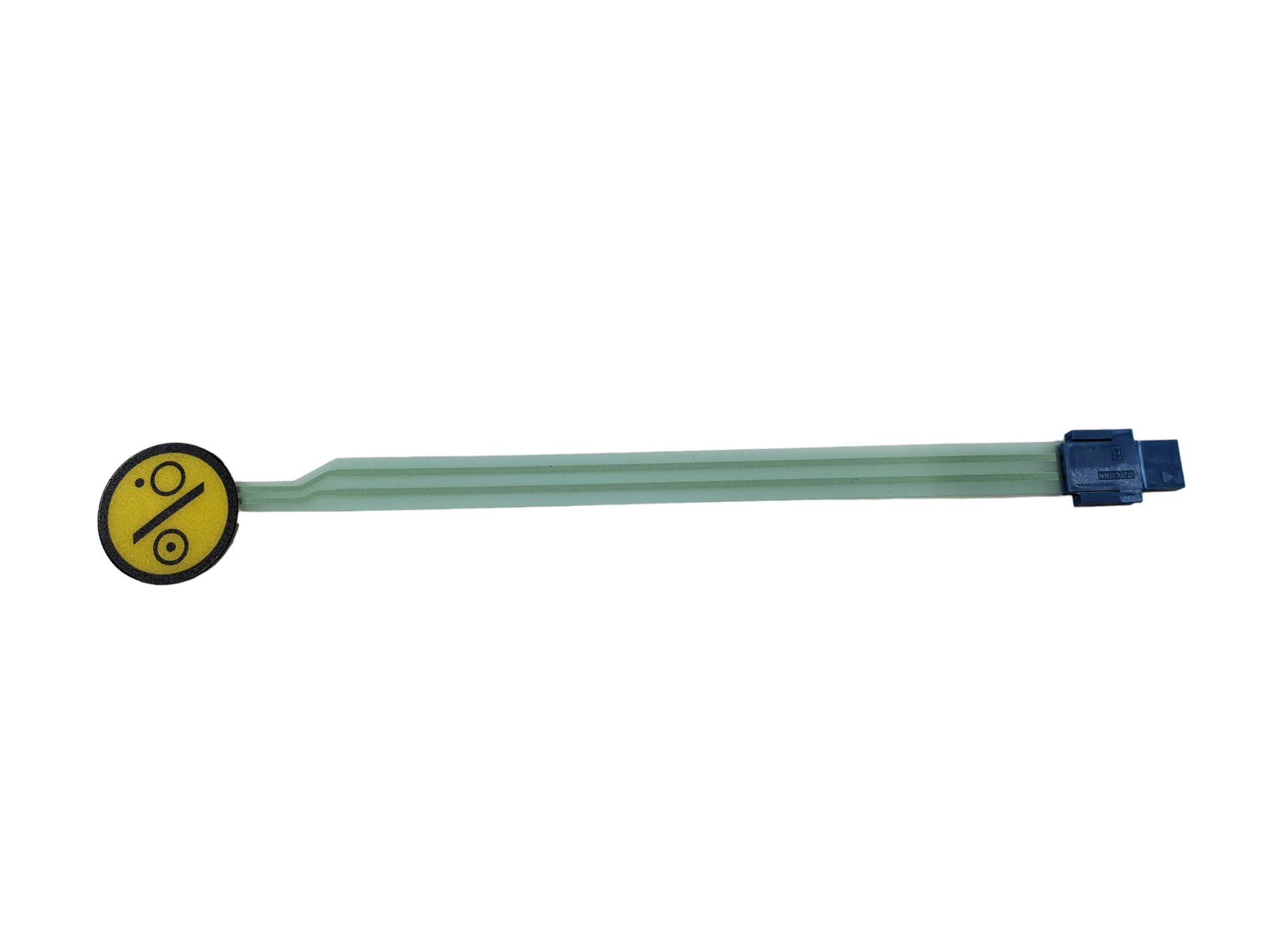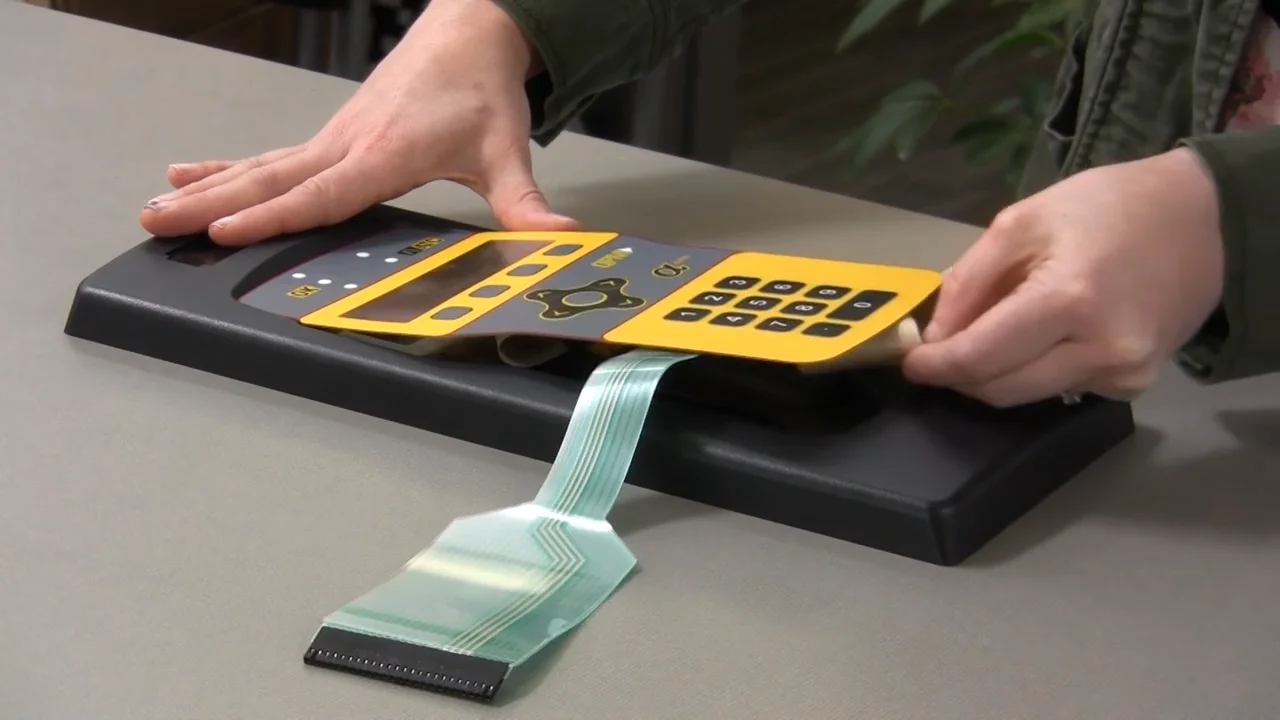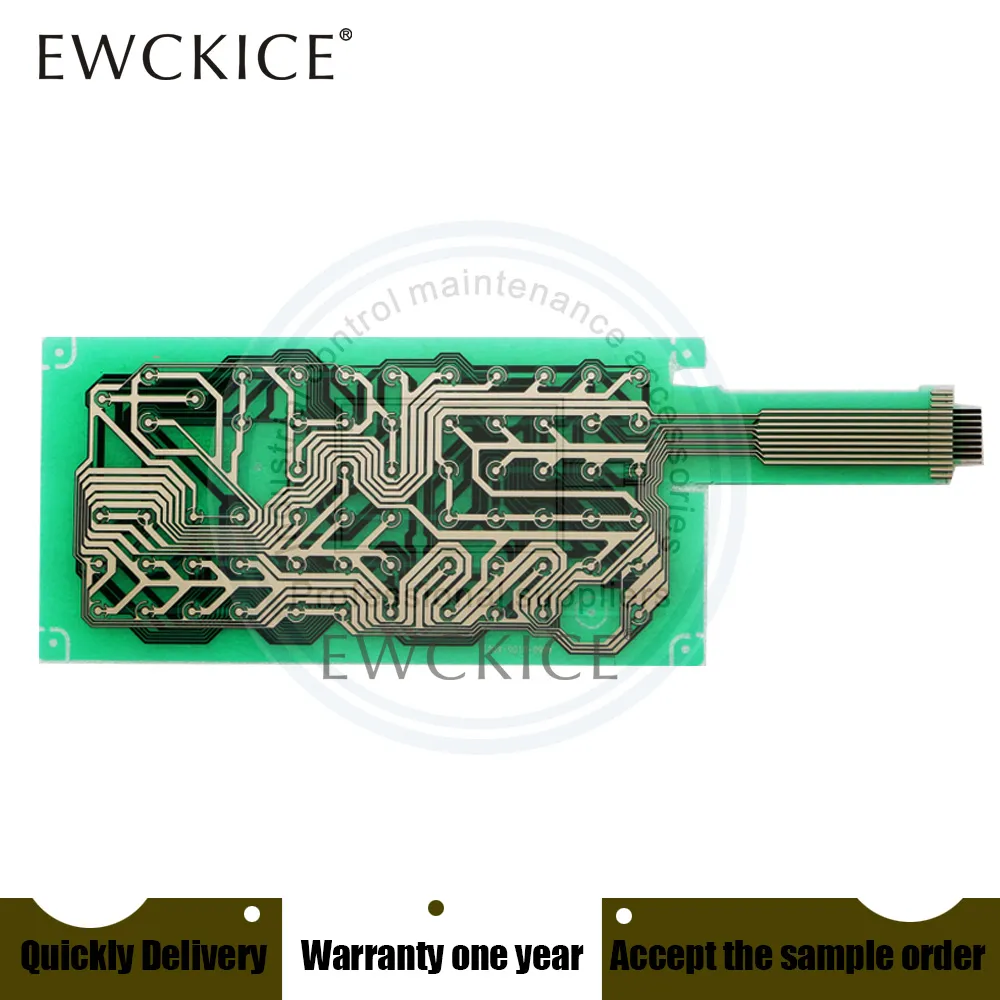Membrane Switch: Reliable, Cost-Effective, and User-Friendly Control Systems
Wiki Article
Comprehending Membrane Layer Changes: The Secret to Dependable and durable Controls

What Are Membrane Layer Switches?
Membrane layer buttons are an advanced solution in the realm of user interface technology, combining performance and design flawlessly. These tools work as an interface between customers and electronic systems, integrating numerous parts right into a compact format. Commonly constructed from adaptable, slim layers of products, membrane buttons are created to react to touch, making it possible for customers to connect with machinery and electronic tools efficiently.The main aspects of a membrane switch include a published circuit layer, visuals overlay, and a spacer layer that prevents unintended activation. The graphic overlay can be customized to show brand name identity or individual choices, improving aesthetics while ensuring usability. Membrane layer buttons are generally utilized in different applications, including clinical tools, customer electronics, and industrial devices, owing to their toughness and resistance to ecological variables such as moisture and dirt.
Among the essential advantages of membrane switches is their ability to endure deterioration, making them perfect for high-traffic environments. Additionally, they are lightweight and call for very little area, enabling cutting-edge designs in product development. In general, membrane switches over stand for a sensible and effective option for modern-day electronic user interfaces, marrying modern technology with user-centric design principles.
Just How Membrane Switches Job
The procedure of membrane switches hinges on a simple yet effective mechanism that equates user input into digital signals. When an individual presses the switch, the leading layer flaws, permitting a conductive component in the circuit layer to make call with a corresponding conductive pad on the underside of the visuals overlay.The style of membrane layer switches can vary, but they frequently incorporate domes or tactile elements to supply comments to the customer, enhancing the overall experience - membrane switch. The products used in membrane layer switches, such as polyester or polycarbonate, add to their resilience and resistance to environmental aspects, consisting of dampness and dust. In addition, the printed circuits are usually enveloped, which safeguards them from wear and tear with time.
Benefits of Membrane Switches

Additionally, membrane layer switches are understood for their durability. Built from robust products, they are immune to dust, dampness, and physical wear, which considerably extends their life expectancy contrasted to conventional mechanical buttons. This toughness makes them particularly appropriate for high-traffic environments and applications requiring durability.
An additional substantial advantage is the ease of cleansing and maintenance. The smooth surface of membrane layer changes reduces dust accumulation and is commonly unsusceptible spills, making them perfect for settings that call for regular sanitization.
Furthermore, membrane layer buttons provide a streamlined account, bring about a thinner layout that can be incorporated right into numerous gadgets without adding mass. This function not only improves the aesthetic allure but likewise adds to a much more ergonomic product style.
Applications of Membrane Buttons
Flexible and user-friendly, membrane layer buttons find applications throughout a wide variety of markets, consisting of clinical devices, consumer electronic devices, and industrial equipment. In the clinical area, these switches are important to gadgets such as analysis equipment, client tracking systems, and infusion pumps, where reliability and simplicity of cleansing are crucial. Their ability to endure rough settings and keep performance makes them ideal for such applications.
In customer electronic devices, membrane switches are used in products like microwaves, cleaning makers, and push-button controls - membrane switch. Their streamlined layout permits for instinctive customer interfaces, improving the total individual experience while supplying longevity and resistance to tear and put on
Industrial tools likewise gains from membrane layer switches, particularly in control panels for machinery and automation systems. These switches offer defense against dust and moisture, making certain constant efficiency in challenging environments. Furthermore, their personalized functions allow makers to customize them to specific functional needs, boosting efficiency and functionality.
look at these guys
Selecting the Right Membrane Change
When selecting a membrane layer button, it is vital to take into consideration numerous factors that affect efficiency and suitability for certain applications. websites The main factors to consider include environmental conditions, tactile comments, durability, and design specifications.
First, evaluate the operating environment; buttons exposed to wetness, chemicals, or extreme temperatures require specific materials to make sure long life and functionality. Next, evaluate the need for tactile comments. Depending upon customer communication, some applications may profit from a responsive feedback to validate activation, while others might choose a non-tactile style for visual reasons.
Resilience is an additional vital aspect; membrane layer switches need to be designed to stand up to constant use, effects, and abrasion. Ensure the picked switch can withstand the expected lifecycle, specifically in high-usage circumstances.

Verdict
In final thought, membrane switches offer as important components in the design of durable and reputable control systems throughout various markets. The convenience of membrane layer switches over allows for tailored solutions that meet certain functional demands, strengthening their significance in modern technology.
Membrane layer switches over represent an essential aspect of modern-day interface layout, mixing performance with resilience in different applications.Membrane switches are an advanced service in the realm of individual interface technology, combining functionality and style seamlessly. Commonly constructed from versatile, thin layers of materials, membrane switches are created to react to touch, enabling individuals to connect with machinery and digital tools efficiently.
The design of membrane layer switches can vary, but they typically incorporate domes or tactile components to supply feedback to the customer, enhancing the general experience.In conclusion, membrane switches over offer as necessary parts in the layout of dependable and resilient control systems throughout numerous markets.
Report this wiki page